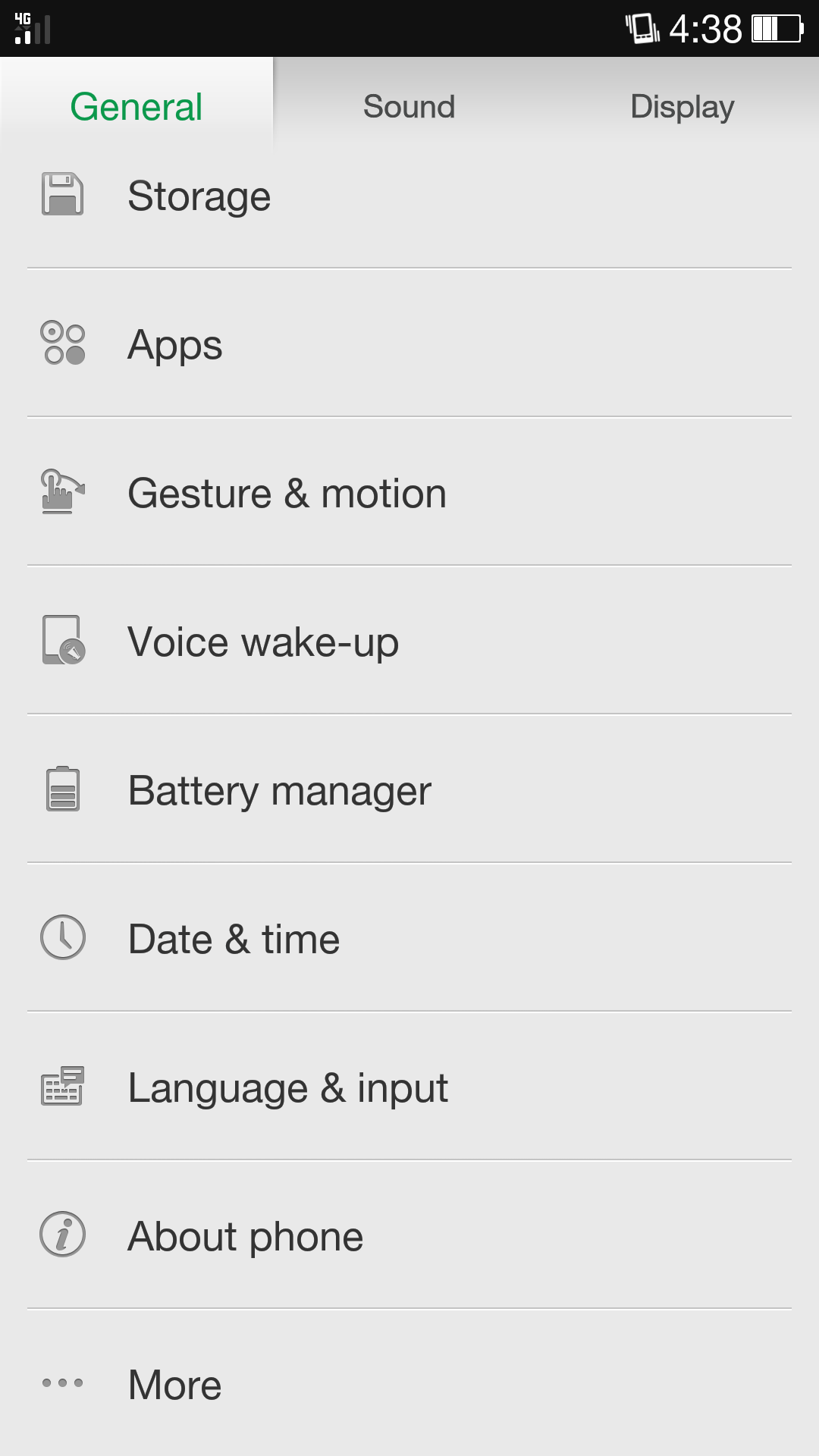

Here is an example to use the Toolbar as an ActionBar.
#Android shortcut bar code#
To carry out these same tasks in ActionBar, extra lines of code is needed to be written. One can easily assign constraints, change height and width, choose a background color, and much more. Working with Toolbar is very similar to any operate a View. These views are treated as children of the Toolbar layout and their position can be adjusted according to the need.
#Android shortcut bar android#
Multiple Custom Views: Android allows developers to add one or more Views such as ImageView, TextView, etc.Elements of this menu are placed to the end(rightmost side) of the Toolbar. ActionMenuView: It is similar to the Action Buttons in ActionBar that display some important actions/elements of the app which may be required to the users frequently.The Subtitle is used to indicate any kind of extended information about the content. Title and Subtitle: The purpose of providing a title to the Toolbar is to give information regarding the current position within the navigation hierarchy of an app.The height of the logo/icon is generally up to the height of the Toolbar but it can be extended as per the need. Brand logo/App icon: It is one of the most important aspects of an application as it provides a kind of identity.The appearance of this element can be in many forms such as navigation menu toggle, close, collapse, done, a simple up arrow, or any other kind of glyph required by the app. It is used as a guide for switching between other destinations within an app. Navigation button: This element is aligned vertically with respect to the minimum height of the Toolbar.Following are the components that can be added to make a user-appealing Toolbar: For example, showing a Toolbar at a position other than the top of the activity or showing multiple Toolbars in an activity.įeatures supported by the Toolbar are much more focused and customizable than the ActionBar. Use a standalone Toolbar: It can be used to implement a certain kind of design to an application that can not be fulfilled by an ActionBar.All the features of ActionBar such as menu inflation, ActionBarDrawerToogle, etc. Use as an ActionBar: In an app, the toolbar can be used as an ActionBar in order to provide more customization and a better appearance.One can use the Toolbar in the following two ways:

Toolbar use material design theme features of Android and thus it provides backward compatibility up to API 7(Android 2.1). Developers can place it anywhere in the activity according to the need just like any other View in android. Unlike ActionBar, its position is not hardcoded i.e., not at the top of an activity. It is much more flexible and customizable in terms of appearance and functionality. The Toolbar is basically the advanced successor of the ActionBar. It was introduced by the Google Android team during the release of Android Lollipop(API 21). In Android applications, Toolbar is a kind of ViewGroup that can be placed in the XML layouts of an activity.

#Android shortcut bar how to#


 0 kommentar(er)
0 kommentar(er)
